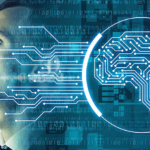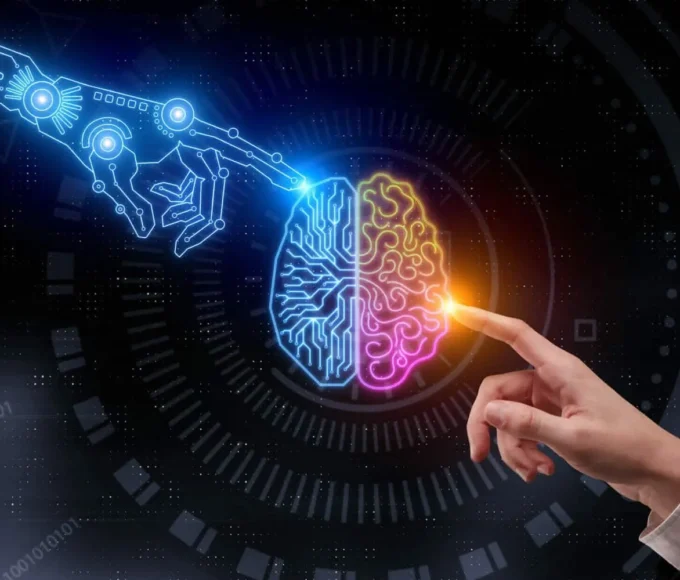In the ever-evolving landscape of cybersecurity, staying one step ahead of threats is paramount. With the emergence of generative artificial intelligence (AI), both the opportunities and challenges in cybersecurity have reached new heights. Generative AI, particularly in the form of generative adversarial networks (GANs), has the potential to revolutionize the way we detect and generate security threats.
Understanding Generative AI:
Generative AI is a subset of artificial intelligence that involves the creation of new data, often in the form of images, text, or even entire scenarios, that mimic the patterns and characteristics of existing data. Generative models like GANs consist of two neural networks, the generator and the discriminator, which are trained simultaneously. The generator creates data while the discriminator evaluates whether the generated data is real or fake.
Detecting Threats:
One of the most significant applications of generative AI in cybersecurity is in threat detection. By training generative models on large datasets of known threats, cybersecurity professionals can create systems that can identify new and emerging threats more effectively.
Generative models can analyze patterns in network traffic, malware code, or even user behavior to detect anomalies that may indicate a security threat. These models can identify subtle deviations from normal behavior that traditional rule-based systems might miss, making them invaluable tools for cybersecurity analysts.
Generating Threats:
While the idea of using AI to generate security threats may seem counterintuitive, it can be a powerful tool for cybersecurity professionals. By understanding how attackers may use generative AI to create new threats, defenders can develop more robust defenses.
For example, cybersecurity researchers can use generative models to simulate different attack scenarios and test the effectiveness of their defenses. By generating realistic attack data, they can identify vulnerabilities in their systems and develop strategies to mitigate them before they can be exploited by real attackers.
Challenges and Ethical Considerations:
Despite its potential benefits, the use of generative AI in cybersecurity also presents significant challenges and ethical considerations. One of the primary concerns is the potential for adversarial attacks, where malicious actors use generative models to create sophisticated attacks that can evade detection systems.
Furthermore, there are ethical questions surrounding the use of generative AI for offensive purposes. While using AI to simulate attacks can help improve defenses, it also raises concerns about the proliferation of cyber weapons and the potential for unintended harm.
The Future of Generative AI in Cybersecurity:
As generative AI continues to advance, its role in cybersecurity will only become more prominent. Researchers are constantly developing new techniques and algorithms to improve the accuracy and efficiency of generative models for both threat detection and generation.
However, to fully realize the potential of generative AI in cybersecurity, it is essential to address the associated challenges and ethical considerations. This includes developing robust defenses against adversarial attacks, as well as implementing safeguards to ensure that the technology is used responsibly and ethically.
Generative AI has the power to transform cybersecurity by enabling more effective threat detection and providing valuable insights into how attackers operate.
By leveraging the capabilities of generative models, cybersecurity professionals can better defend against emerging threats and stay ahead in the ongoing battle against cybercrime.
















Leave a comment